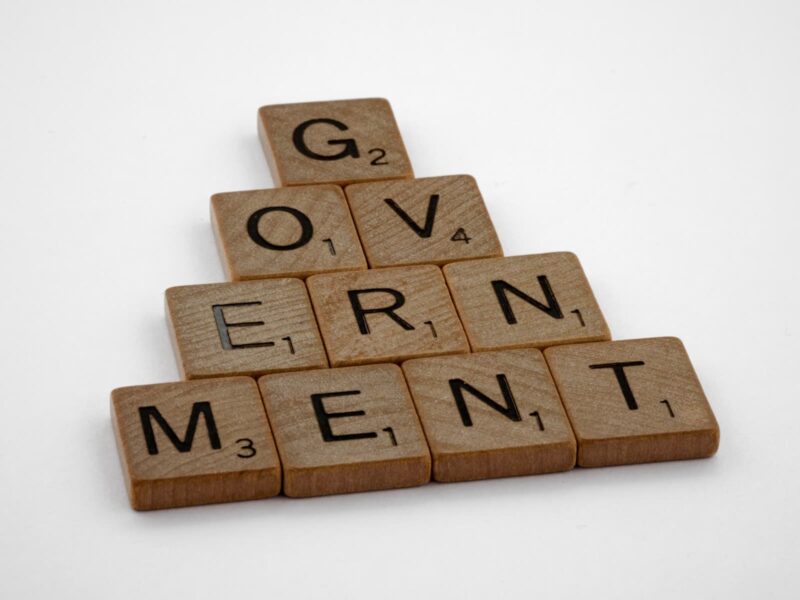The United States of America is undoubtedly one of the most powerful countries in the world, and the structure of its government often arouses interest not only among US citizens, but also around the world. Let’s try to understand the intricacies of the American political system, not forgetting the connection with modern technologies and the digital economy, in particular, with search engine optimization (SEO).
Federalism as a basis
Federalism is one of the cornerstones of the architecture of the political system of the United States of America. It provides for the division of power between the central federal government and the individual states, each of which has a certain degree of autonomy. Federalism makes it possible to take into account regional peculiarities and preferences of the population of the various states, providing a more flexible and adaptive political system. This mechanism helps balance the interests between national unity and local self-government, which is key to maintaining stability and harmony in a diverse society.
Federalism is based on the U.S. Constitution, which clearly defines the powers of the federal and state governments, protecting the sovereignty of the latter in certain matters. The states have the right to legislate for themselves to regulate many aspects of society, such as education, health care, and local law enforcement. However, the federal government retains supremacy in matters of national security, foreign policy, and federal legislation. Such interaction between the different levels of government ensures the stability of the system and contributes to the democratic development of the country.
Legislative branch
The legislative power in the United States of America is represented by Congress, which serves as the supreme legislative body. The U.S. Congress consists of two chambers: the Senate and the House of Representatives, which forms a bicameral system. This structure is designed to ensure a balance of interests: the House of Representatives reflects the will of the people, while the Senate reflects the interests of the states. In this combination lies the deep meaning of the democratic system, where each state, regardless of its size and population, has equal representation in the Senate, while in the House of Representatives the number of seats depends on the population of the state.
The tasks of Congress are manifold and include passing federal laws, approving the country’s budget, declaring war, and ratifying international treaties. Congress plays a key role in the American system of checks and balances, with the power to control the executive branch, including the power to investigate and impeach the president. This not only balances the distribution of power in the country, but also upholds the principle of accountability to the people. The work of Congress is characterized by complex processes of legislation and compromise, reflecting the diversity of opinions and interests in American society.
Executive branch
Executive power in the United States is centralized around the President, who is the head of state and government. His responsibilities include not only governing the country on the basis and within the framework of existing laws, but also representing the United States in the international arena. The President’s powers range from appointing the highest officials of the federal government and Supreme Court justices to commanding the armed forces and conducting foreign policy. This role entails great responsibility, as the president’s decisions determine not only the domestic state of the country, but also its international status.
The structure of the executive branch also includes the vice president, who replaces the president in his absence, and the cabinet, which consists of the heads of major federal departments and some other high-ranking officials. The cabinet not only advises the president on various issues, but also performs key functions in the management of relevant areas of government activity. This structure allows the executive branch to respond effectively to the challenges of modernity, ensuring stable governance of the country and adequate representation of its interests at the international level.
Judiciary
The judiciary in the United States is central to the system of checks and balances, guaranteeing the rule of law and protecting the constitutional rights of citizens. The U.S. Supreme Court, at the pinnacle of the judicial system, plays a key role in interpreting the law and the U.S. Constitution, making its decisions determinative of the nation’s legal system. Lower courts, including appellate courts and district courts, hear most civil and criminal cases, ensuring fairness and legality in resolving conflicts. The U.S. judiciary is vested with broad powers to oversee the enforcement of laws, which includes the ability to declare legislative and executive acts unconstitutional.
The independence of the judiciary is a fundamental principle that ensures impartiality and objectivity in judicial decision-making. Judges of the Supreme Court and other federal courts are appointed by the President and confirmed by the Senate, which emphasizes the importance of interaction between the different branches of government. However, once appointed, judges have a lifetime status, which minimizes political influence on their activities and contributes to the maintenance of the principle of the rule of law. Thus, the judiciary in the United States serves as the guardian of the Constitution and the protector of fundamental freedoms and human rights, ensuring the democratic foundations of American society.
Impact of technology
In today’s world, technology has a significant impact on the political process and government administration. In this context, search engine optimization (SEO) is of particular importance, as well as the opportunity to buy crowdsourced links, which, for example, can be done on the following website https://linksboosters.com/en/. It is becoming an important tool in the hands of politicians and government agencies to disseminate information, engage with citizens, and shape public opinion. SEO helps government websites to be more visible in search engines, which provides better access to information for the public and promotes civic engagement. This underscores the importance of digital adaptation for a modern government striving for openness and accessibility.
Conclusion
The structure of the U.S. government is a complex and multifaceted system that provides a balance between the various branches and levels of government. Federalism, a bicameral Congress, an independent judiciary, and a strong executive branch represented by the president all create a unique model of government that has evolved and developed over more than two centuries. At the same time, in an era of digitalization and global communications, technology and SEO are playing an increasingly important role in the political life of the country, emphasizing the importance of innovation and adaptation to new realities.



